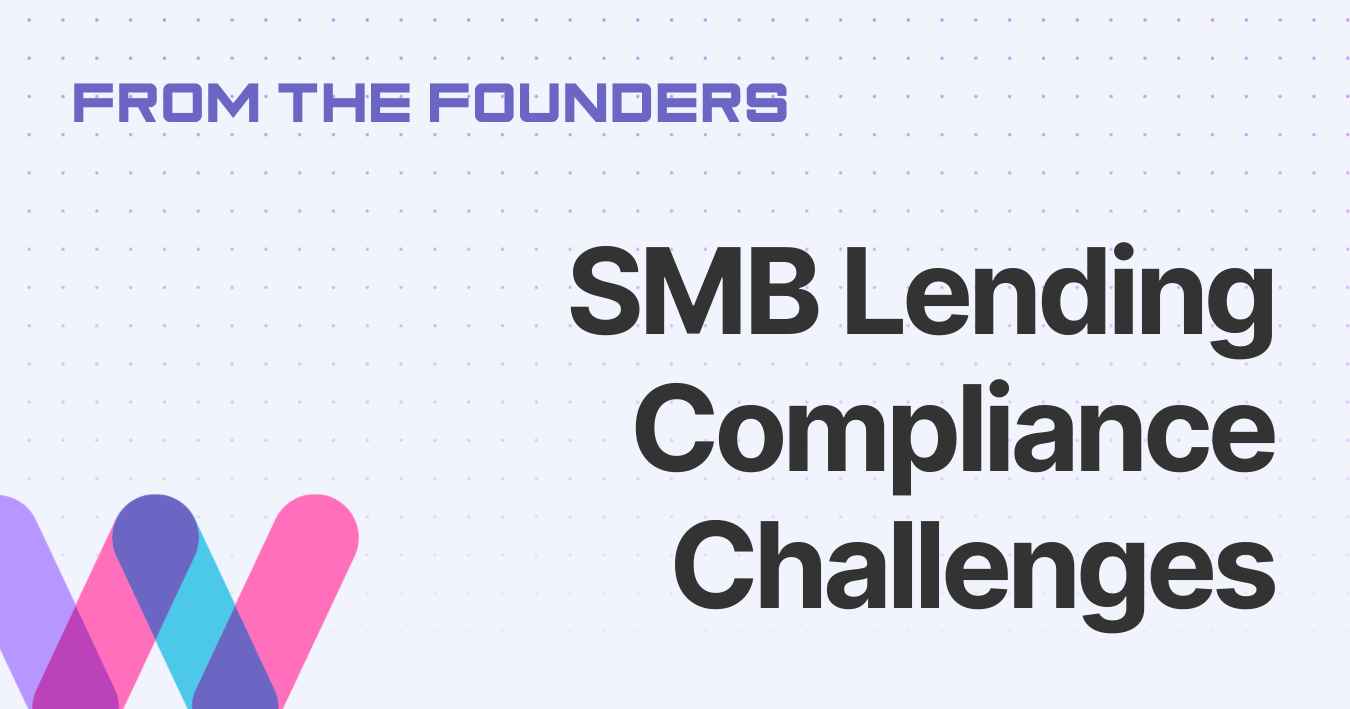Compliance Challenges & Risks in Small Business Lending: A Strategic Perspective
Navigating the regulatory landscape in the banking and credit risk industry presents a myriad of challenges for executives tasked with overseeing compliance efforts within their organizations. One such challenge is ensuring compliance with the Consumer Financial Protection Bureau’s (CFPB) Section 1071 Rule, which mandates financial institutions to collect and report data related to small business lending.
Let’s explore the compliance challenges and risks associated with the Section 1071 Rule and discuss strategic approaches for addressing them.
Compliance Challenges
Complying with the Section 1071 Rule poses several challenges for financial institutions, including:
- Data Collection Complexity: Gathering accurate and comprehensive data on small business borrowers, including their race, ethnicity, and gender, can be challenging due to the diverse sources and formats of data.
- Interpretation of Regulatory Requirements: Understanding the nuanced requirements of the Section 1071 Rule and aligning internal policies and procedures with regulatory expectations can be complex and time-consuming.
- Operational Burdens: Implementing systems and processes to collect, validate, and report data in compliance with the rule can place significant operational burdens on financial institutions, particularly smaller organizations with limited resources.
Compliance Risks
Failure to comply with the Section 1071 Rule can expose financial institutions to various risks, including:
- Regulatory Sanctions: Non-compliance with regulatory requirements can result in enforcement actions, fines, and penalties imposed by regulatory authorities, such as the CFPB.
- Reputation Damage: Breaches of regulatory compliance can tarnish an institution’s reputation and erode trust among customers, investors, and other stakeholders, leading to loss of business and market share.
- Legal Ramifications: In addition to regulatory sanctions, financial institutions may face litigation and legal challenges from affected borrowers or advocacy groups alleging discriminatory lending practices.
Strategic Approaches for Addressing Compliance Challenges and Mitigating Risks
To effectively manage compliance challenges and mitigate risks associated with the Section 1071 Rule, financial institutions can adopt the following strategic approaches:
- Implement Robust Compliance Frameworks: Establishing comprehensive compliance frameworks encompassing policies, procedures, controls, and oversight mechanisms is essential for ensuring adherence to regulatory requirements. This includes conducting regular risk assessments, internal audits, and compliance testing to identify and address potential compliance gaps.
- Leverage Technology Solutions: Investing in advanced data analytics technologies, such as artificial intelligence (AI) and machine learning, can streamline data collection, validation, and reporting processes, enhancing efficiency, accuracy, and scalability. By automating routine tasks and leveraging predictive analytics capabilities, financial institutions can improve their ability to identify and mitigate compliance risks proactively.
- Enhance Training and Awareness: Providing ongoing training and awareness programs for employees on compliance requirements, ethical conduct, and fair lending principles can foster a culture of compliance within the organization. This includes educating frontline staff, compliance officers, and senior management on their roles and responsibilities in ensuring adherence to the Section 1071 Rule and other regulatory requirements.
- Engage with Regulatory Authorities: Proactively engaging with regulatory authorities, such as the CFPB, can help financial institutions stay abreast of changes to regulatory requirements, seek guidance on compliance issues, and demonstrate a commitment to cooperation and transparency. This includes participating in regulatory outreach programs, industry working groups, and stakeholder forums to voice concerns, provide feedback, and shape regulatory policy.
Addressing compliance challenges and mitigating risks associated with the Section 1071 Rule requires a strategic and proactive approach from financial institutions. By implementing robust compliance frameworks, leveraging technology solutions, enhancing training and awareness, and engaging with regulatory authorities, organizations can effectively navigate the complexities of regulatory compliance and uphold their commitment to fair lending practices and regulatory integrity.
Is your financial institution prepared to navigate the complexities of the Section 1071 Rule and other regulatory requirements? Discover how Worth’s all-in-one solution can help you overcome compliance challenges and mitigate risks with ease.
Streamline data collection, validation, and reporting processes with advanced AI and machine learning.
Request your demo now and see how Worth can transform your compliance strategy.











